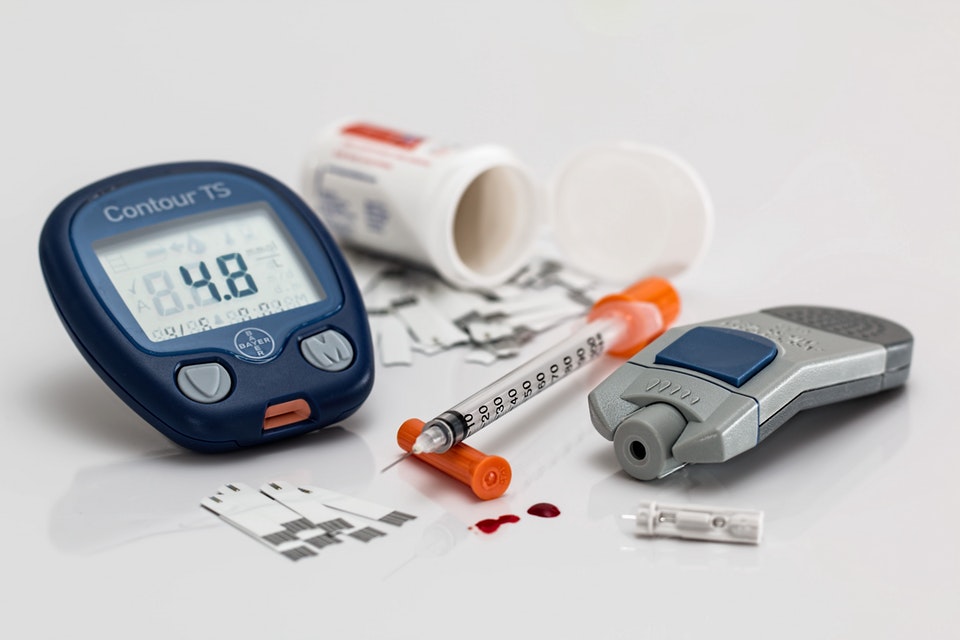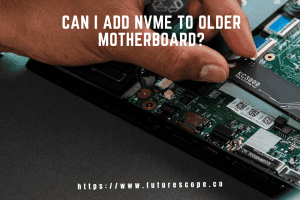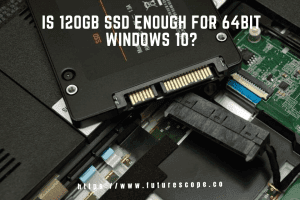What We Have Covered in This Article
Last Updated on November 23, 2018 by Editor Futurescope
Science-fiction films have been loaded with amazing health innovations we never really expected to see in reality, such as body scanners that can instantly detect illness and laser beams that eliminate scars. Although we may not be quite there yet, technology has nevertheless come up with astounding tools.
Thanks to dedicated researchers and technologists, we’re now seeing fantastic ways to diagnose illnesses. These innovations relieve serious pressure from health-care providers while raising the level of care and health for many patients.
Take a closer look at a few diagnostic healthcare technologies that seem to have come to us from the future.
Wireless Pacemaker Monitoring
Since it’s the most common cause of death in the U.S. among both men and women, heart disease is no joke. Incredible tools designed to monitor the heart and maintain even the health of even the most at-risk patients have surfaced in recent years.
Now, physicians can monitor heart patients who have a pacemaker … over the Internet! “I don’t need to wait three months to discover a problem at the next office visit,” says Rush physician Kousik Krishnan, MD, an electrophysiologist (specialist in heart rhythms).
“I’m alerted via the Internet. If a heart rhythm changes and a blood thinner is necessary, I can prescribe it right away.”
Pacemakers can now be equipped with wireless antennas that enable doctors to capture data about them in real time. These are fabulous tools that could help prevent millions of heart attacks, blood clots, or other heart problems before they occur.
Endobronchial Ultrasound (EBUS)
Biopsies, particularly for internal organs such as the lungs, can be messy, invasive, and time-consuming. As a solution to this problem, medical scientists have created the endobronchial ultrasound (EBUS).
The primary purpose of this particular tool is to perform simple biopsies for lung cancers, which eliminate the need for surgery, no matter how minor. A bronchoscope will be inserted in the mouth of a patient and into the airways around the lungs.
It will provide ultrasound feedback, and if something looks wrong, it will produce a small hollow needle to collect a sample. This reduces the need to make an incision anywhere on the body for early lung cancer detection.
More Complete Eye Exams
An incredible eye exam enables you to identify serious medical issues that go beyond what’s happening in the eye. With a machine called Optomap, ophthalmologists can examine the eye without dilation, so the patient can walk out of the office without it affecting their vision for several hours after.
“It’s very inconvenient for people, because we all have busy lives,” Diane Song, an optometrist, told Cleveland 19 News. “We can zoom in if I see something suspicious to get a better detailed image of it.”
The technology goes beyond just diagnosing whether or not a person is near- or far-sighted, though. It’s been used to identify more serious conditions in many patients.
Dr. Song specifically mentioned the example of diagnosing and treating a woman for breast cancer. Thanks to the early discovery, treatment was simple, and she survived.
“She actually had a metastasis of breast cancer go in to her eyes and we are able to see it on the Optomap images, and were able to get her to a specialist to get that treated,” Dr. Song said.
Another patient was diagnosed with multiple sclerosis early enough that she was able to control it with medication for a time. It gave her extra years of feeling great and moving at full capacity, all thanks to a simple and convenient eye exam.
Early Chronic Disease Diagnosis with Lab-on-Chip Technology
Chronic diseases account for about 70 percent of all spending in the health-care sector, due to the heavy burden they impose upon patients. Many of these chronic diseases lead to disability and early death, with little warning.
Current diagnostic procedures are one of the major contributors to the rising costs for patients with a chronic disease. They are time-consuming and expensive. Sometimes, it’s a form of guessing game that requires extra doctor visits that slow down the patient’s care and rack up his or her medical bills.
“The attractive concept of early CD diagnosis is often technically challenged by the lengthy and expensive diagnostic procedures in the current clinical practice,” say the authors of a study published in Digital Medicine. “Furthermore, the delay in obtaining CD diagnosis results presents a major limiting factor for optimizing healthcare resource allocation and coordination, which leads to significantly increased economic burden.”
Lab-on-chip (LoC) technology is intended to reduce costs, increase ease and accessibility, and aid in research for diagnosing and treating serious illnesses. This technology helps to automate the diagnostic process and increase accuracy, reduce fluid waste, improve response times, and enhance lab safety.
LoC tech will also reduce costs for people who need the service as well as promote a more holistic health-care approach for providers who want nothing more than to offer the highest possible standard of care.









